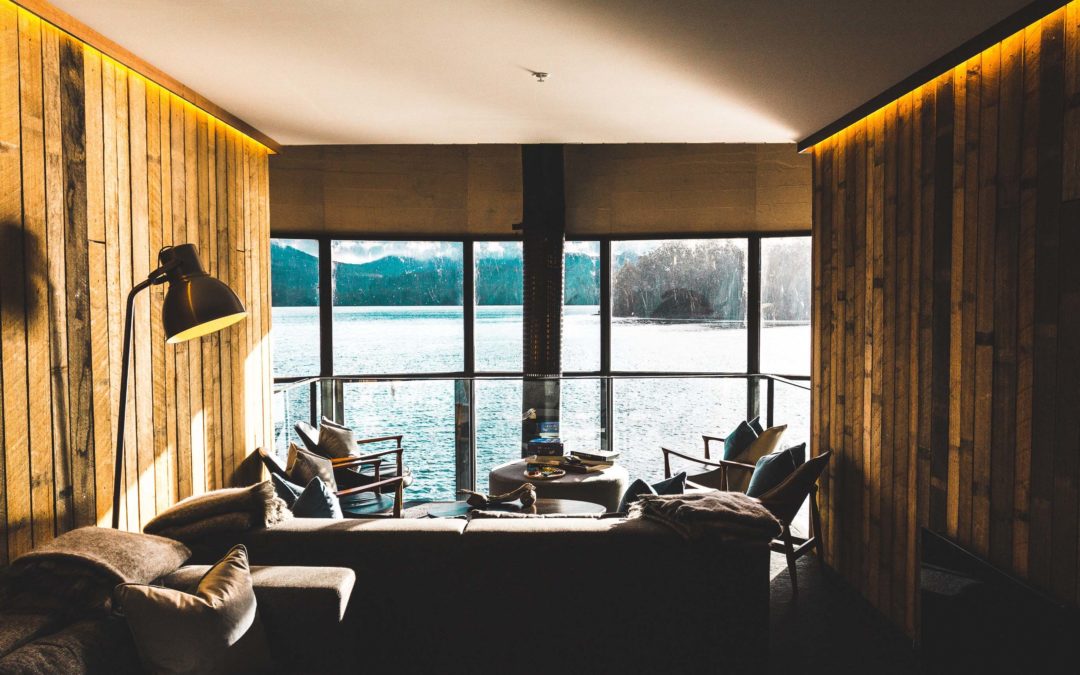As new apartment buildings are built, the units on the inside are changing drastically. Since 2006, the national apartment size average has been slowly decreasing. So far in 2017, the average size of an apartment has been recorded at 889 square feet, which represents a 9% reduction compared to those built in 2006. Surprisingly, even though the amount of space offered to tenants is shrinking, the occupancy rate of these apartments has continually risen.
Decreasing in Size, Not Demand
The United States has the largest recorded average apartment sizes around the world, but nationally, newly constructed apartments are shrinking in size year after year. Studio apartments are seeing the most significant reduction, with an 18% decrease in size, dropping from an average of 614 square feet in 2006 down to just 504 square feet today. One may expect such a drastic difference to result in significant push-back from renters and, as a result, higher vacancy rates, but, to our surprise, the size of the unit doesn’t seem to matter all that much. In fact, a 2016 study conducted by Zillow, found that only 12% of renters look to size as a top amenity. Most renters focused on staying within a budget (75%) or renting in a preferred location (55%).
This inelastic demand for studio apartments is likely due to the demographic renting them. Occupants of studio apartments in particular typically live a mobile life and care about location more than size. In fact, these smaller apartments enable these individuals to live in a location they wouldn’t be able to originally afford. Constructing studio apartments with less square feet, provides more budget for important amenities like superior location.
Apartment sizes have been decreasing across the board since 2006; yet still, we have seen a gradual decrease in the national rental vacancy rate. In 2009, the rental vacancy rate was as high as 11.1%. This has shrunk more than 4% to a Q1 2017 rate of just 7%. There are certainly a large number of factors contributing to this decrease, but it would appear that the reduction in apartment size (counterintuitively) is not one of them.
The Cost Of Living Smaller
National average rental rate was recorded in 2016 as $1,052. Rent costs have been breaking record after record and they don’t seem to be slowing down anytime soon. From the perspective of a young, modern renter who just started a job out of college, the asking rate for a studio apartment would be more appealing than that of a one bedroom. For example, if your dream is to live in Miami, Florida, you’ll be paying around $2,000 for a one bedroom apartment, but would have to pay only $1,500 for a studio apartment with half the room but an even better location.
Tiny houses and micro apartments have been trending around the world for years and are beginning to make an appearance in the United States. Since 2006, the average apartment size has dropped from 1,015 to 889 square feet. Understanding the priorities and needs of your tenants (or potential tenants) is key when purchasing, developing, or redeveloping any property. Keep apartment size in mind as you evaluate your own portfolio.


Comments(0)